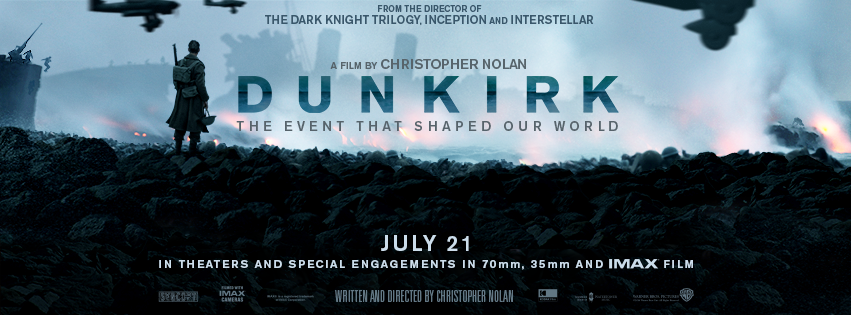Christopher Nolan’s latest Blockbuster has finally, finally hit UK cinemas and it was worth the wait. Portraying the evacuation of the British army from France in 1940, the film contains minimal dialogue, using instead, dramatic visuals to propel events forward. The end result is an experience so immersive and realistic that one Dunkirk veteran was moved to tears, saying, “It was just like I was there again.”
Dunkirk is unusual, as far as military actions go, because both sides claimed it as a victory. While Hitler announced, “the greatest battle in the history of the world has come to an end…” the British press claimed it, “a disaster turned to triumph.” Britain saw it as such a success, that Churchill had to remind everyone that, while the evacuation had proved to be successful, it was nonetheless a retreat and, “wars are not won by evacuations.”
The issue was that, although the Dunkirk evacuation was a retreat, only a fraction of the soldiers were expected to be rescued. Ultimately, however, almost 350,000 men were taken from France. The down side (obviously, aside from the loss of life and the military defeat) was that while the men were rescued, the British forces had to leave their materials and equipment on the beach, which of course the German army took for themselves.
Why Dunkirk?
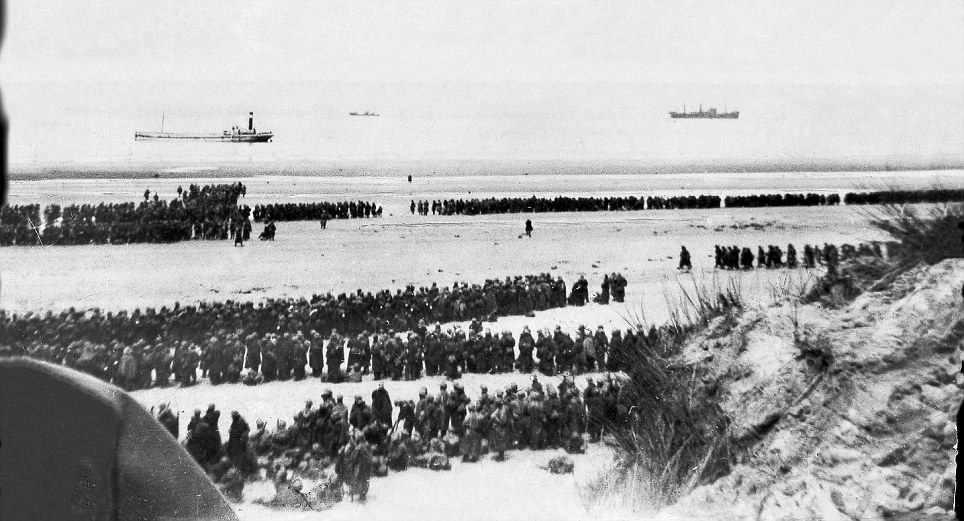
After successfully invading Poland in late 1939, Hitler turned his attention to Western Europe. Expecting a breakthrough at Belgium, France focused its defence along that particular border, with intelligence suggesting that the German army, complete with Panzer divisions (tanks), were indeed planning to enter France through Belgium. While the German army was under equipped and outnumbered by the French, they had a number of advantages which would turn the invasion in their favour. Notably; their communication equipment was excellent and their tank crews were specialised in their tasks, in contrast to the French who had superior tanks, but who required their crew to share tasks.
With German attention on France, Britain mobilised significant forces across the Channel to assist. Belgian and Dutch units also joined the allies, along with some remaining Polish divisions. The German army overwhelmed Luxembourg, Holland and Belgium before attempting to break through French lines. When they did so in early May 1940 they advanced quickly through the country, even against the orders of Hitler and German military command who feared the advance was happening too quickly. However, the results were in Germany’s favour and within days they had successfully overwhelmed much of the French defences.
The Allied forces were forced North, eventually coming to the fortified town of Dunkirk. At this point it was expected that the German army would overwhelm them as they had the rest of France. Two things would delay them; firstly the nearby siege of Lille where French forces drew a number of German divisions away from the town. Secondly; a halt order to the Panzer divisions, which came to a stop outside of Dunkirk, where otherwise they would most certainly have continued the advance. As it happened, with the Panzers stopped and portions of the German army distracted, the British were able to execute Operation Dynamo, commonly known as the evacuation from Dunkirk. Nolan’s film draws together the Operation on three fronts; land, sea and air, through the eyes of fictional and composite characters. I’d say we’d look at what really happened, but the film does an excellent job of portraying events so instead we will look at how the evacuation unfolded on these three fronts.
By Land
“There are 400,000 men on this beach”
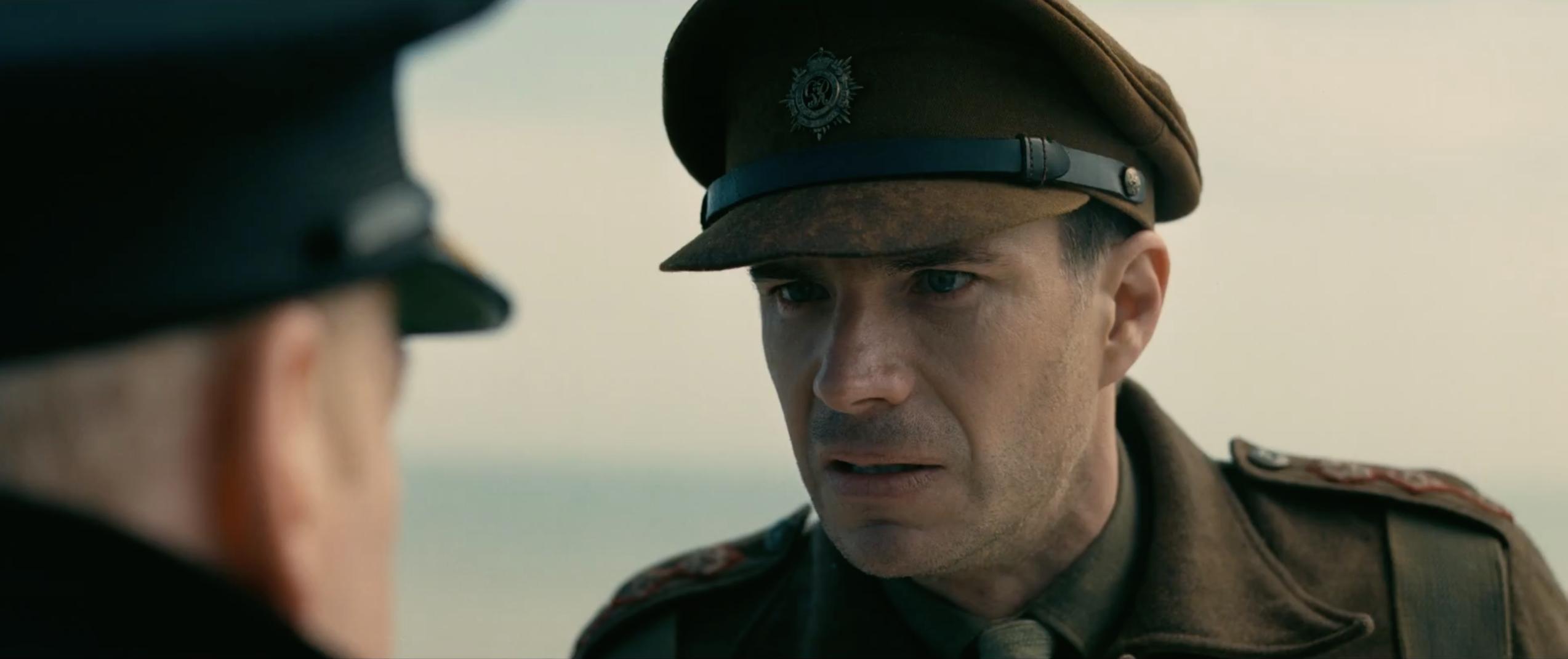
The retreat from Dunkirk began on the 26th May, with 28,000 men already recovered by the time Churchill gave the order, and an expectation for another 20,000 to follow, out of almost 400,000. Beyond this it was expected the German army would take Dunkirk and the men would be irretrievable. The Luftwaffe dropped propaganda leaflets on the infantry showing the hopelessness of their situation, expecting them to give up in the face of the sea, unaware that the British welcomed the sea as a way home.
Initially the hope was that the men be taken from the beach as they queued, but in practice less than a third of the evacuated left in this way. The large Navy destroyers could not get close enough to the beach to load, and regular attacks from the Luftwaffe ensured that most of the ships that tried (until the little boats arrived) were damaged or sunk. The men on the beach were also subject to attacks from the air, exposed as they were on the open beach, without shelter.
Use was therefore made of one of two ‘moles’ (concrete structures used to protect the harbour) that extended into the sea. While they were strictly intended act as breakwaters, the ships could approach closely, the men could queue along them and they presented a harder target to the Luftwaffe than the mass of men waiting on the beach. Most ships moored to the wooden jetty that extended from the concrete mole and more than 200,000 men were taken off in this way.
Of course the mole inevitably became a target when it became clear what it was being used for, and the Luftwaffe turned their attention to the ships moored at the wooden jetty. On the night of the 29th May, three days after the evacuation began, a particularly ferocious attack from the German air force and their hidden E-boats left a naval officer under the impression that the mole had been rendered unusable. His report to that effect halted the evacuation until morning, when it became clear in the daylight that the ships could still approach. That day saw the embarkation of the first lot of French soldiers, while British divisions rushed to cover gaps in the perimeter caused by the Luftwaffe and the surrender of the Belgian army. The British rear guard retreated on the night of the 2nd June, with the operation ending two days later on the 4th. Although over 120,000 French soldiers had been evacuated, 40,000 were still at Dunkirk on the 4th June where they surrendered to the approaching army.
By Sea
“You’re weekend sailors, not the bloody navy.”
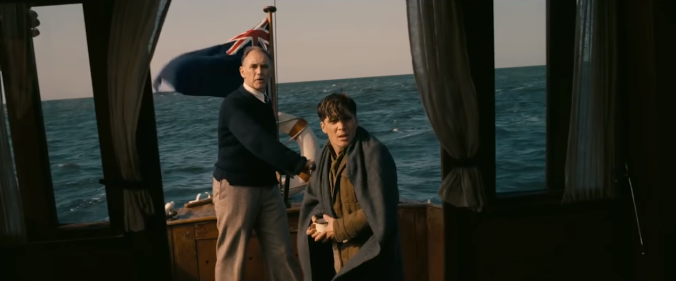
Naturally, ships were required to get the men off Dunkirk beach, across the water to Britain. Unfortunately, despite the relatively short distance to travel, the journey was not without it’s perils. The Luftwaffe were relentless in their bombardments, while German E and U-boats attacked from underwater, not to mention that the French coast was now in the hands of the German army who also made use of land batteries and artillery. Over 200 British ships were sunk, many more were damaged, and many men being evacuated from Dunkirk found themselves having to abandon ship more than once, sometimes before they had even launched from the mole. The HMS Wakeful, a British destroyer, survived an air bombardment, only to be sunk by a German E-boat while evacuating some 640 men. The few men that survived were picked up by the passing HMS Grafton, another destroyer, which was also torpedoed, this time by a U-boat. In the confusion a British minesweeper destroyed one of the assisting British ships, mistaking it for the enemy, leaving just five survivors.
This was not the only instance of men escaping sinking ships, only to find themselves back in the water after their rescuing ship was sunk. For this reason many men refused to go below when they were finally rescued, choosing to stay on deck in case they were torpedoed. The 29th May saw the worst day of the operation for the Navy, when between the Luftwaffe and the enemy vessels, nineteen British and French navy vessels were destroyed. This included seven out of the ten ships loading at the mole, which were sunk or significantly damaged in a single afternoon. As a result of this action, a number of British destroyers were recalled, in case they were needed for the post-Dunkirk defence of Britain.
With the larger ships unable to approach the beach, forcing them to use the mole, the British ministry of shipping requisitioned as many private small craft as they could, to navigate the shallow waters and assist in the evacuation. These 700 boats, along with a collection of Belgian, Dutch and French small vessels, would be known as the “Little Ships of Dunkirk” and were instrumental in taking the men off the beach. Most of them were crewed by naval officers or experienced volunteers, but in some cases the owners insisted on taking the boats themselves. The majority however, deferred to the navy. In a story paralleled in the film, one sailor insisted that he would be the one to take his boat to Dunkirk and only accepted his son and scout as crew. They returned with so many men aboard, the boat almost capsized upon landing. The man was Charles Lightoller, second officer of the Titanic, who survived the sinking on an upturned lifeboat with around thirty other men.
By Air
“Where’s the bloody air force?!”
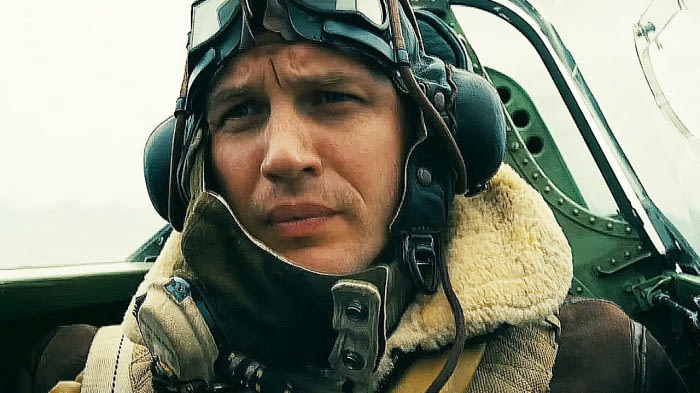
In Nolan’s depiction of events (as was the case in history), the infantry was not best pleased with the Royal Air Force (RAF). The men on the beach wonder where they are and back on British soil, rescued soldiers accuse an airman, “where were you?!” With the Luftwaffe so successfully hindering the evacuation effort, the forces on the beach were disheartened not to see any British fighters engaging the enemy.
The truth was of course that the RAF was having active battles with the Luftwaffe, but with most of the fighting occurring beyond the sight of the beach. Although the Luftwaffe had considerable success in harrying the evacuation attempt, they were prevented from any “decisive interference” because of the efforts of the air force. The RAF’s losses were considerable, but in the process they destroyed or significantly damaged around thirty percent of the German air force, providing far greater resistance than the German high command expected.
The Luftwaffe focused on the use of bombers, which could easier target the evacuating ships, while the RAF fielded smaller fighters to engage them. As a result the bombers were forced to fly with an escort of its own fighters in an attempt to distract the British fighters from the larger target. On the 26th May, three days before the Luftwaffe saw their greatest success, the RAF was limited in how much assistance it could provide, with the majority of their fighters recalled in preparation for a German invasion of Britain. Sixteen divisions remained to aid the ships, yet on the 29th they lost twenty four aircraft to the enemy’s twenty eight.
While those on the beach expressed their disaffection with the air force’s contributions (having mostly been unaware of it), the RAF was engaged in over 3,500 dogfights and Churchill himself praised the efforts of the pilots as the determining factor in Operation Dynamo’s success.
The Royal Air Force engaged the main strength of the German Air Force, and inflicted upon them losses of at least four to one…We must be careful not to assign to this deliverance the attributes of a victory. Wars are not won by evacuations. But there was a victory inside this deliverance which should be noted. It was gained by the Air Force. Many of our soldiers coming back have not seen the Air Force at work; they saw only the bombers which escaped its protective attack. They underrate its achievements. I have heard much talk of this; that is why I go out of my way to say this. I will tell you about it.
– Winston Churchill
Speech to the House of Commons, June 4th 1940
(We Shall Fight on the Beaches)
With France in German hands and the British retreat at Dunkirk, the German High Command expected Britain to come to terms relatively quickly, something which did not occur. In August the German Command began Operation Sea Lion; the planned invasion of Britain, having determined the RAF would not provide substantial resistance. They were quickly proved wrong, as Britain had already recuperated much of its aircraft losses at Dunkirk, and the Luftwaffe were consistently rebuffed from their aerial attempts into Britain.

